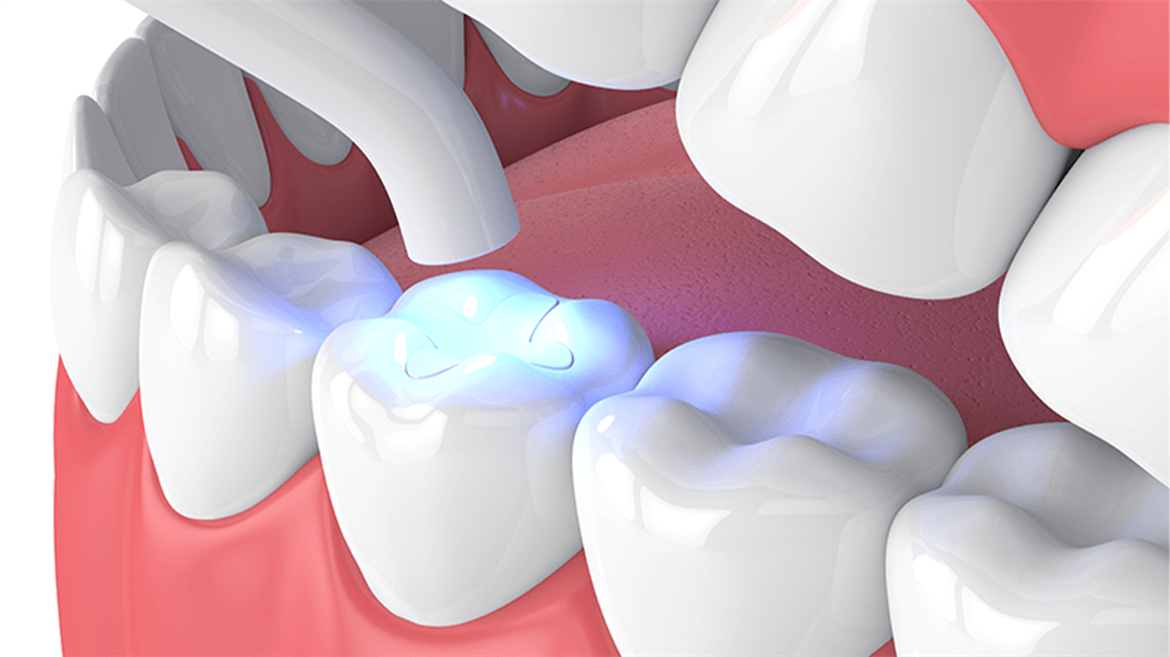Composite Filling

What is Composite Filling?
Composite bonding is a treatment method in dentistry. With this method, small pieces of composite (colored plastic) material are used to improve the appearance of the teeth. Tooth bonding can be used for purposes such as repairing small cracks or fractures in teeth, smoothing their color, changing their shape, or closing gaps between teeth.
In this treatment method, also known as tooth bonding, composite resin is used as the material. The application preserves the natural appearance of the teeth and is painless. Unlike procedures such as porcelain veneer, it is not an irreversible process.
In Which Situations Is The Tooth Bonding Procedure Applied?
Composite filling application is a cosmetic procedure performed to functionally correct the teeth of patients and improve their smiles aesthetically. It is preferred in the following situations:
- To hide wear or cracks in teeth,
- To hide the discoloration of the teeth,
- To close tooth cavities,
- To make the teeth look straighter,
- To reshape teeth,
Composite resin is also used in restorative dentistry apart from these purposes. It can be applied to renew the old silver-colored fillings that the patient has had in the past or to protect the tooth roots that have emerged due to gingival recession. Today, this application, which is mostly preferred for these reasons, is extremely popular.
How is Composite Filling Application Made?
Before the tooth bonding process is performed, the dentist discusses the aesthetic concerns and expectations of the patients during the consultation. Additionally, they order a dental X-ray so they can examine the tooth structure and gums to make sure the person is a good candidate for this operation. If there is significant dental caries, advanced gum disease, or other major oral health problems, it is important to address and treat these conditions first.
The procedure takes about 45 minutes per tooth. During bonding, the dentist does the following:
- Color selection: The dentist selects a composite resin material that resembles the patient's natural teeth using a color reference.
- Preparation of the Tooth: The surface of the tooth is roughened and then a special liquid is applied to the area. This step facilitates the adhesion of the adhesive.
- Using composite resin: Resin is applied, molded and then carefully sanded to obtain the desired shape.
- Curing the material: The composite resin is then solidified using a special light that binds it to the tooth surface.
- Polishing the tooth: The dentist then makes the necessary final touches and polishes the tooth to obtain a natural-looking shine.
Typically, bonding is not painful or uncomfortable as the dentist does not operate close to the dental nerve. In most cases, anesthesia is not even necessary for the procedure. Some people may experience temporary sensitivity in their teeth after the procedure. In these cases, prescribed pain medications help relieve this pain.
Advantages of Composite Filler
Teeth bonding, which is preferred mostly for aesthetic concerns, offers many benefits to its users compared to other cosmetic procedures.
- It is minimally invasive: For example, porcelain veneers or dental crowns require more invasive procedures during their application, while the enamel is not damaged during tooth bonding.
- It is cost-effective: The cost of bonding teeth is more attractive than other currently applied procedures.
- It is a versatile process: With the tooth bonding procedure, it is possible to improve the abrasions, cracks, cavities and color changes in the patient's teeth.
- It is fast and practical: There is no need for more than one session, such as veneers and crowns, in composite bonding application. In just one appointment, the patient can achieve the appearance of the desired teeth.
Differences Between Bonding and Veneers
Tooth bonding and dental veneers are two different dental treatment options. Tooth bonding is a method used to heal minor damage caused by a broken or cracked tooth. Tooth bonding is performed to fill the gaps formed in the damaged tooth for some reason and to ensure the union of the teeth.
Dental veneers are a treatment option used to repair the damage on the outer surface of the teeth. Veneers, in which mostly porcelain material is used, are used for the treatment of problems caused by caries on the outer surface of the teeth or gum diseases. Dental veneers are made of special ceramic material and are adhered to the outer surface of the tooth.
The most important difference between the two methods is that some of the enamel must be removed in the application of dental veneers, while this procedure is not needed in the bonding procedure.
While the substance used in tooth bonding is moderately resistant to stains, they may not be as sufficient as porcelain veneers or crowns in this regard. This procedure is also not as durable as other restorative alternatives, especially veneers. In addition, their useful life may vary.
Bonding of teeth is basically an effective method for making minor interventions to the patient's teeth. If patients want a more serious change, alternative applications such as porcelain veneers may be more suitable for them.

